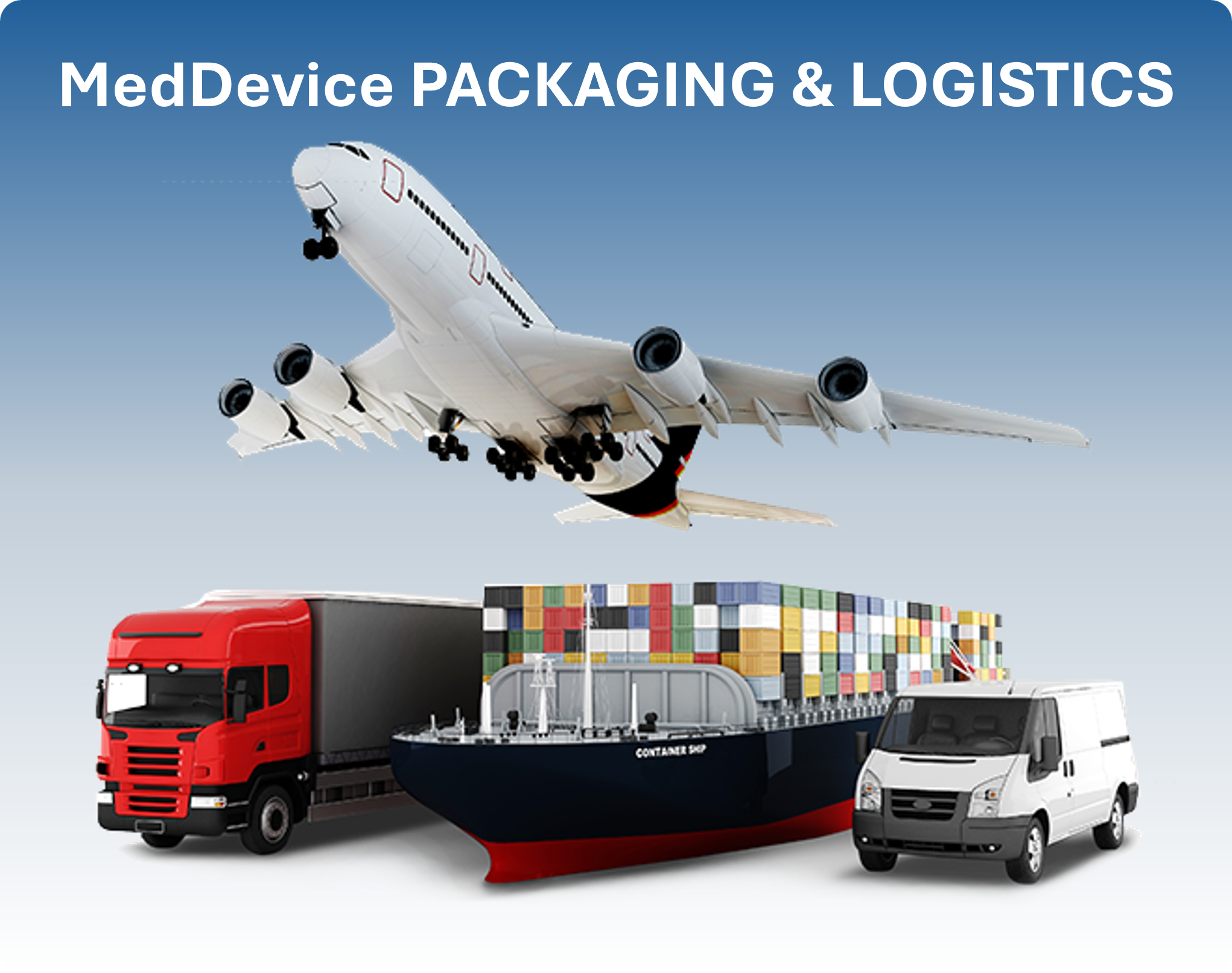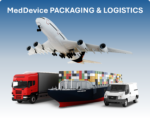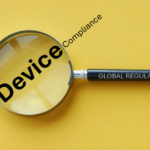Medical device logistics professionals must determine how smart packaging solutions could help them save time and money while improving safety. Since advanced packages improve visibility and reduce errors, they can also support companies’ bottom lines and patients’ health.
Connected Containers Streamline Medical Device Logistics
Many smart packaging strategies involve using specialized containers with built-in technologies that give users better oversight of the contents. As parcels progress through transport networks with numerous logistics partners, the likelihood of the goods getting lost or dropped increases.
However, connected shipping containers reduce those risks by showing logistics professionals the precise locations of their products as they move through the supply chain. Someone who notices an issue can immediately alert the respective party to resolve the matter. The alternative is that medical devices could arrive damaged or not at all, and people would only know long after the triggering events occurred. Such issues can become extremely costly, especially given the price and necessity of many health care products.
One example comes from two companies collaborating to bring 5G network connectivity and Internet of Things tech for better container tracking for medium-sized shipping companies. Estimates suggest this solution could save users up to $1.4 million annually on expenses linked to maintaining and repairing shipping containers.
The connected containers provide data about breaches, vibration, temperature and humidity. Representatives from the involved companies also say these innovative options will support the logistics industry’s carbon emissions while helping professionals prevent lawsuits and insurance claims arising from damaged goods.
Reusable Options Reduce Waste
Many business owners are getting more creative to cut unnecessary material usage from their supply chains, which often involves thinking differently about packaging. Decision-makers might design it to use fewer resources. Alternatively, some efforts concern moving away from single-use packaging in favor of options usable for several shipments.
One winemaker made his company’s carbon footprint 10 times smaller by reusing bottles. Professionals involved in medical device logistics face extra stakeholder pressure to prioritize reusable options when possible, especially because health care waste is a growing issue.
The authors of a 2022 medical journal commentary pointed out that medical devices used decades ago more commonly featured reusable, non-plastic materials such as metal and glass. However, starting in the 1980s, growing concerns about transmissible diseases caused a transition to disposable products. It also became significantly cheaper to purchase them than to run sterilization equipment.
According to the commentary, 80% of health care’s carbon footprint comes from the single-use medical supply chain, including the emissions associated with transporting those items.
Waste reduction also involves hospitals and other facilities that receive large batches of medical devices choosing long-lasting materials. Namely, stainless-steel supply trays are easy to sanitize for reuse or they can be recycled, keeping waste out of landfills. However, purchasing reusable medical devices is sometimes impossible or impractical. In those cases, the next best thing could be to focus on smart packaging solutions.
One B2B company offers reusable boxes to replace corrugated cardboard ones. Each one holds at least 50 pounds and withstands 40-50 shipping cycles. Polypropylene is the main material because commercial recycling facilities worldwide can process it easily. Such possibilities reduce waste even when the devices within are not reusable.
Updated Smart Packaging and Tracking Technologies Support New Rules
Medical devices can be life-saving for patients. However, when things go wrong, identifying and tracking the affected products is paramount to maintaining safety and informing the relevant parties as soon as possible.
The EU’s Medical Devices Regulation is in a staggered transition period that spans from May 2025 to May 2027, depending on the product type, its use and the associated risk level. The regulation is extensive, but two of the relevant components require products to have unique device identifiers (UDI) that get added to a region-wide database. In the United States, members of Congress passed legislation that similarly required device makers to add identifying and tracking information via barcodes that contained UDI.
At one multinational medical technology and pharmaceutical company, workers developed a new system for ensuring the packaging of devices — from sutures to artificial knee joints — would contain the necessary information. By the autumn of 2022, the company became one of the world’s first health care companies to create UDI barcodes for all its medical devices. This effort concerned about 70,000 products sold in the U.S. and took nearly a decade to complete. UDI information may go on the package, label or directly on the item, depending on its characteristics.
The outcomes improve patient safety by minimizing mixups. For example, while operating on a person who needs an implantable device, a surgeon could scan a product’s UDI barcode to check that everything is as expected before proceeding.
Sensor-Equipped Packaging Enables Supporting Technologies
Many logistics professionals have explored new and more efficient methods of transporting products. Some smart packaging solutions align with those advancements. A strong example involves drone transport. Those improvements have accelerated last-mile deliveries by making them occur in minutes rather than days. They are particularly well-suited for high-demand or life-saving items.
Many packages carried by drones feature numerous tracking technologies to show cargo location and condition. Such capabilities also enable better customer convenience. When people know the arrival times of medical devices carried by drones, they can rearrange their schedules to accept the goods.
These transport methods are also ideal for catering to hospitals located in remote areas with inadequate infrastructure. The roads may not facilitate frequent and timely deliveries, but airborne routes could have fewer complicating factors.
Tracking technologies on drone-carried parcels can verify that deliveries went to the right parties and allow logistics partners to track how long each trip takes. Those specifics help people determine if drones are appropriate ways to transport things that recipients must get as fast as possible.
One recent trial involves an Irish hospital that will initially receive products such as surgical tools and heart valve repair products by drone, with the possibility of expanding the transported products to include pacemakers and implantable cardiac defibrillators soon. The drones will make up to 100 flights each week, providing products more efficiently than roads allow.
Smart Packaging Improves Medical Device Logistics
Logistics professionals increasingly select smart packaging to track product-related events through all supply chain stages. The associated insights can guide their decisions and show them more information about waste, utilization and other essential metrics.
People in this industry should also monitor related trends. Staying aware of relevant happenings and responding to them as appropriate enhances competitiveness and better preparation for the coming months and years.







